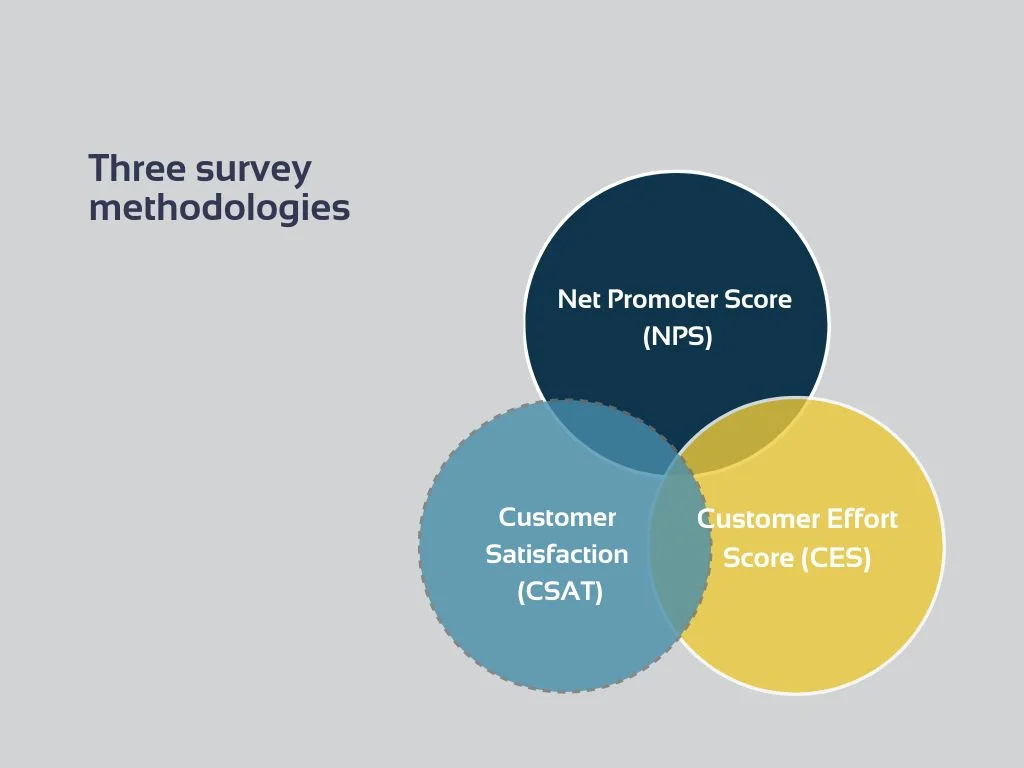IT solutions for online shopping and tips for levelling it up


What qualifies the transaction as retail? The buyer, who’s the end user. Nowadays, retail sales functions via diverse channels, such as brick and mortar (physical shops), direct email, in-app and more. So the question remains: which channel is the most efficient? In 2022, the answer is both — omnichannel sales, which help any retail company grow and reveal several unique customer experience challenges.
Due to the pandemic, 60% of retail square footage closed in 2020. Correspondingly, in April 2020, e-commerce was up 68% in year-over-year growth. That encouraged retail brands to listen to clients’ needs and analyse the feedback carefully to ensure each interface part is safe, convenient and well-optimized. As a result, companies tend to invest time and resources in effective methods of collecting customers’ feedback, new technologies for both digital and brick and mortar stores and experiential retailing. IT solutions for retail are the most efficient way to promote and make profit.
In this post, we are going to consider ways of enhancing the customer experience of your platform. But first, let us briefly clarify how you can track and measure customer feedback and estimate the effectiveness of the existing user experience.

Digital retail can look different across many industries. Web experiences for businesses that sell clothing, home goods, and other easy-to-ship commodities can often vary compared to companies that sell more complicated-to-purchase products like cars. However, scrutinizing clients’ feedback is essential in all cases.
Measuring CX during a customer’s digital journey can be done with a few different survey methodologies: NPS, CSAT and CES

There are plenty of ways for customers to shop online; on the downside — visitors tend to have shorter attention spans. How to attract their attention and boost online shopping on your platform? Indeed, by providing users with a highly responsive and interactive shopping experience. And here’s how you can make it.
Keep website load time to a couple of seconds or less. Customers will likely press the back button if your platform has a slow load speed. Optimizing your website goes hand in hand with ensuring seamless user experience on a tablet or a mobile device. Your goal is to enable customers to go through all the stages of interaction—from browsing to buying and engaging with the brand—effortlessly.
Focus on navigation and limit unnecessary clicks. Think about implementing auto-scroll features and improving your site search technology. Companies can achieve more personalized solutions for online shopping in future if they analyse result clicks and search queries.
Create live chat. Aalap Shah, the co-founder of SoMe Connect, reported that installing real-time chat had increased conversion rates. Live chats offer users to easily connect to the company, look through real-time feedback and clarify things without waiting for a reply or phone call.
Offer a self-service option and FAQ page. According to Aspect’s data, 73% of users prefer solving product/service issues independently. Moreover, around two-thirds of them would feel more comfortable if they got an answer to a question without contacting a customer service department.
Keep checking out simple. Shopping platform development should imply an easy-to-follow checkout process containing two or three clicks that lead to the final destination. Another essential feature is a wish list for those customers who are not yet ready to buy. You may also consider extending the cart life to give users more time to make up their minds.
Also:

Our team is experienced enough to provide our customers with reliable and scalable platforms with integrated payments. PNN Soft has been creating solutions for 20 years, and we hone our skills to be aware of the latest technologies in e-commerce and retail. That is why we know which technologies spell success for your business sphere today.
PNN Soft prioritizes RAD, Scrum, and Agile methodologies to ensure efficient customer communication and build a flexible manufacturing process. Our Agile teams of professionals include software developers, testers, GUI designers, technical writers, and managers. If you are ready for a successful digital transformation, fill in the form below.